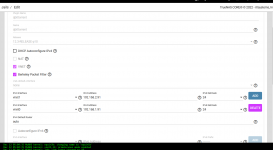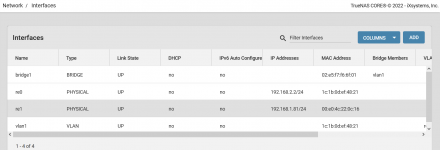Because it only speeds up TCP connections terminating in the hosts IP stack. But it interferes with packets passing through the host, e.g. when using the host as a bridge or a router.
It won't speed up anything ending in your jails, anyway.
And lastly it's a micro optimization not really worth the trouble unless you have a big highly loaded machine serving thousands of web pages or similar simultaneously. Not having hardware offloading for TCP simply means the main CPU needs to do the processing. Any contemporary reasonable CPU can easily saturate a Gigabit/s. 5-10% increase in CPU usage under load, if noticeable at all.
HTH,
Patrick



